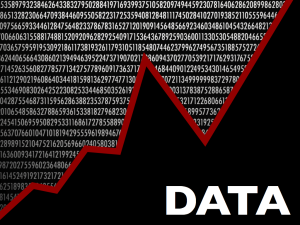A Follow up on Data Misrepresentation
 Last posting I highlighted two books written by bad science guru Dr. Ben Goldacre. This time I am passing on another (shorter) source that came across my desk last week. Jordan Ellenberg wrote a short posting for the Wall Street Journal, How Not to Be Mislead by Data, that provides several examples of how accurate data can be presented in a way that can lead a reader into unsound conclusions. Dr. Ellenberg talks about the following data presentation errors.
Last posting I highlighted two books written by bad science guru Dr. Ben Goldacre. This time I am passing on another (shorter) source that came across my desk last week. Jordan Ellenberg wrote a short posting for the Wall Street Journal, How Not to Be Mislead by Data, that provides several examples of how accurate data can be presented in a way that can lead a reader into unsound conclusions. Dr. Ellenberg talks about the following data presentation errors.
1. Failure to compare – “a number by itself is often meaningless. It is the comparison between numbers that carries the force”.
2. Unrepresentative representative – providing a number that is on an extreme end of a scale without acknowledging the rest of the points on the scale “is a kind of numerical malpractice”.
3. Needle in a haystack – pulling the most compelling data from a study (which may be a small finding in comparison to the whole) then generalizing the small compelling finding to the whole.
4. More is more – the old “apples to apples” maxim. Dr. Ellenberg’s example talks about comparing the box-office take of two movies, one from 1965 and the other from 2013. The movie from 2013 cannot be labelled a bigger hit simply because it’s earnings were larger. One must take the cost of inflation into consideration as well.
Happy Summer!
Jill
cc: Photo courtesy of Tom Woodward
